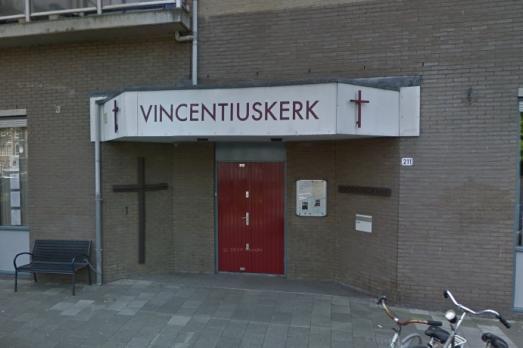Heilige Verrijzenis
Enschede, NL
In Roman Catholic Centre De Schalm. Also Samen Op Weg Centre De Schalm. The church was built in 1967 by architect ir. J.H.S.luijmer and ir. A. Middelhoek. The Reformed first used a farm De Wesseler that had been converted into a church community centre and later a boiler house that had been converted into a church hall. The Reformed discovered that building their own church would be very expensive. It was decided to rent the Roman Catholic Church Verrijzenis des Heer and to add a conference centre De Schalm for the Reformed. After the formation of the SoW community, all Reformed and Protestant activities were combined in De Schalm and the Roman Catholic church was also used for Protestant services. (51-04)







